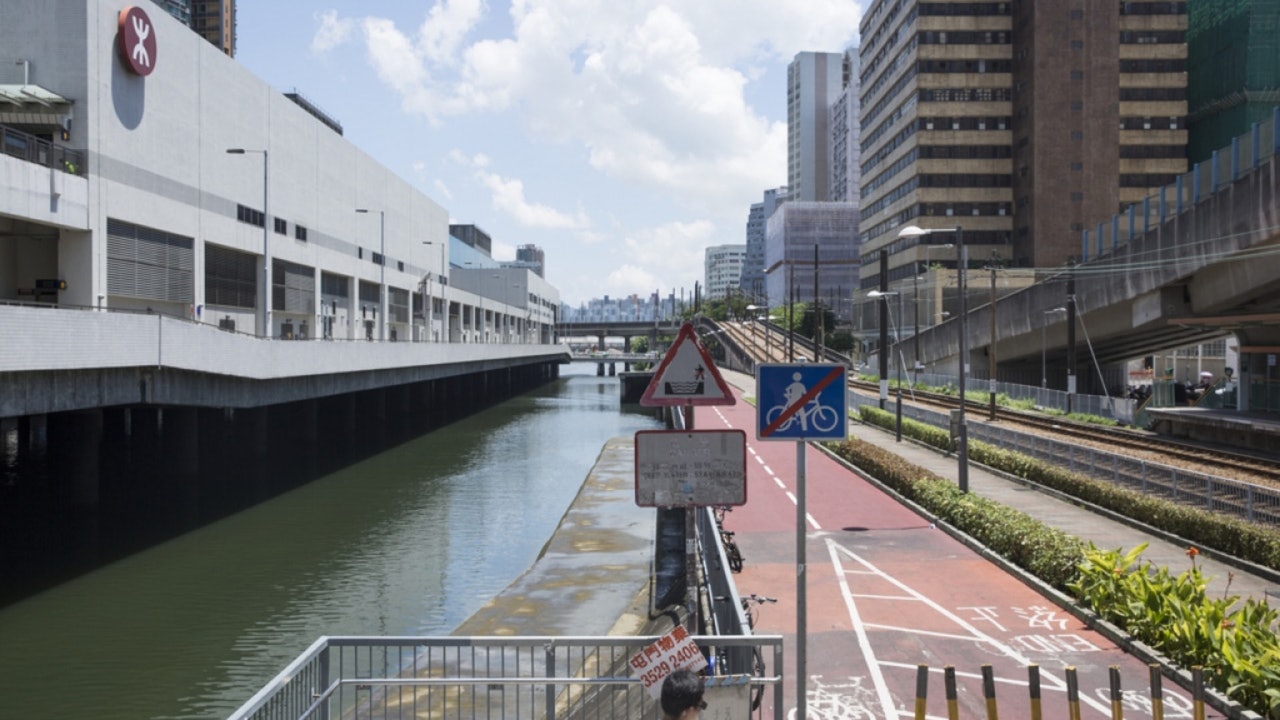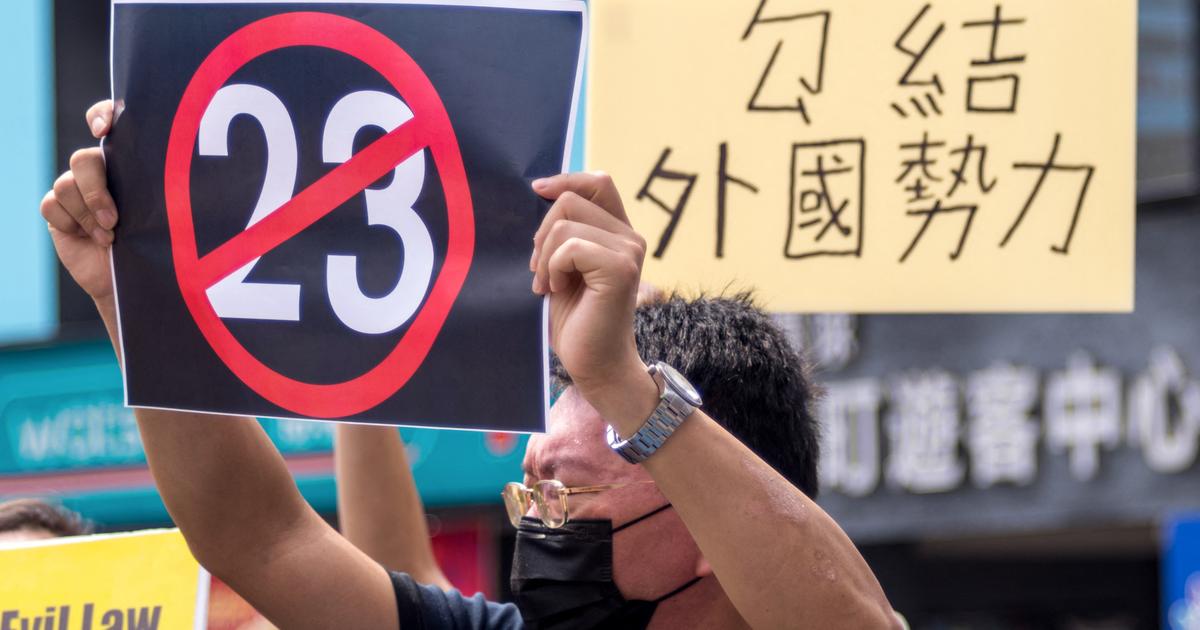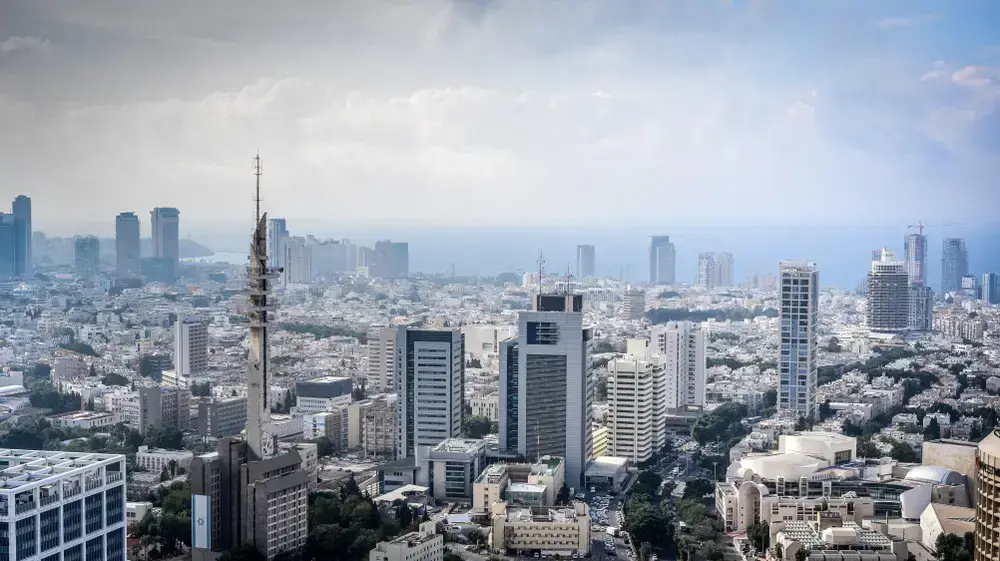In many historical writings, most of the history of Hong Kong begins around the time of the "Nanjing Treaty" in 1842. However, have you ever thought about the true length of Hong Kong's letter history?
What year can it be traced back?
At the same time, we also explore the thickness of Hong Kong's history: its historical, economic and cultural layers.
Before the "Nanjing Treaty", Hong Kong was a little-known fishing village?
Is it sparsely populated and empty in history?
This chapter allows us to "subvert" your original view of Hong Kong and understand the length and thickness of Hong Kong's history.
(The following content is excerpted from "A Minimalist History of Hong Kong")
Hong Kong's ancient history unearthed by archaeology
In the early 1920s, archaeologist CM Heanley and other experts first conducted investigations in So Kwun Wat, Tuen Mun, and unearthed sites and relics from the Shang Dynasty to the Spring and Autumn Period, which opened the prelude to Hong Kong archaeology.
▼▼Click to be the first to understand the history of Hong Kong for more than 7,000 years. There are more detailed graphic explanations below.▼▼▼
+18
As early as 1932, Father Daniel Finn, SJ, who had taught in the Department of Geography of the University of Hong Kong, conducted archaeology at the Tai Wan site on Lamma Island, which was the first official archaeological excavation in Hong Kong.
Although the "East Bay Archaeology" model was subsequently developed, there were only sporadic discoveries in Hong Kong archaeology.
The archaeology of this period has two landmark discoveries. One is to overturn the assumption of early archaeologists: the ancestors of Hong Kong in the Neolithic period used ships as their homes; the other is to answer the question of how long Hong Kong has a long history.
In 1988, three Neolithic house ruins were discovered in the East Bay of Lantau, which subverted the previous view that Hong Kong ancestors used boats as their homes.
In 1992, more than 20 relics of house sites were discovered in Patogu, Lantau Island, and Shang Dynasty stone ge, stone arrowheads and a large number of pottery jars were unearthed.
In response to the construction of the new airport at Chek Lap Kok, archaeologists have carried out comprehensive excavation works at the site near Chek Lap Kok since 1990.
3 The discovered sites and relics prove that humans were active and inhabited in Hong Kong during the Neolithic Age about 7,000 years ago.
Afterwards, the 5,000-year-old ancient village ruins were excavated on Lamma Island, which is the oldest and best-preserved house ruins ever discovered in the Pearl River Delta region.
At the same time, pottery, mainly cooking utensils and food containers, was unearthed. The pottery decorations were geometric patterns. These patterns were also found in the pottery unearthed in the Pearl River Delta region. It can be seen that the civilization of Hong Kong and the Pearl River Delta were once in the same cultural circle.
Archaeological discoveries at Chek Lap Kok: Sites include Sham Wan Village, Hu Di Wan, Shrimp Conch Wan, Kuolu Wan and other places.
What was the world like 7,000 years ago?
About 7,000 years ago (5000 BC), agricultural farming was widespread in Eurasia.
The Bronze Age also began, humans began to engage in extensive agricultural production, and the "Yangshao Culture" appeared in China.
Bronze wares appeared in Hong Kong around 1500 BC. Therefore, Hong Kong's civilization development is later than the Lianghe civilization and the Yellow River civilization, but compared with other places in the world, it is already very advanced.
In particular, the Yazhang in the early Shang Dynasty unearthed from the Shadi site in Dawan, Lamma Island, is the only Yazhang found on the island. The large-scale spread of the Central Plains to the south means that the Central Plains culture has spread to the coast, and South China has begun to enter the palace of Bronze Age civilization.
Was Hong Kong the manufacturing hub of the Pearl River Delta?
In the early 1990s, at the Baimang site on Lantau Island, the site of the Huanjue ornament workshop of the late Neolithic and Spring and Autumn Periods was unearthed. It was the first jade workshop to be excavated along the coast of Guangdong.
A large number of processing tools were unearthed in the site to make Huanjue jade ware, such as stone hammers, saws, and various thicknesses of rubble, as well as the raw materials, rough, rough, semi-finished products, damaged utensils and a small number of complete rings of Huanjue products. Jue ornaments.
From this, it can be deduced that Hong Kong during the Spring and Autumn Period produced a large number of jade ornaments, which were exported to the Pearl River Delta and wider areas.
In the Dongwan and Longgutan sites, there are also unearthed wheel and axle machinery bearings and quartz ring cores, which have the function of bearings, and can also see the advanced jade-making technology in Hong Kong.
At the same time, Hong Kong did not produce raw materials such as copper, tin, and lead. Therefore, bronze raw materials had to be imported into Hong Kong from the inland, while Hong Kong produced a large number of jade articles for exchange of goods. From this, it can be inferred that a "barter" trade line ──Hong Kong imports raw materials and reprocesses jade for export.
Due to this unique discovery, we can also infer that Hong Kong at that time was an important jade manufacturing center in South China.
Hong Kong is not an obscure fishing village
After Qin Shi Huang unified the world, the history of Hong Kong began to be recorded in more detail.
Hong Kong was originally under the jurisdiction of Panyu County, Nanhai County; in the Han Dynasty, because Hong Kong was rich in sea salt, and salt was an important material, Emperor Wu of the Han Dynasty set up a salt officer in Panyu, stationed in Nantou, and sent troops to garrison the Hong Kong area.
Han soldiers were stationed in today's Tuen Mun area. "Tuen" is the garrison, and "men" is the gateway - the gateway to the Pearl River Estuary.
Tuen Mun is on the edge of the Pearl River and has convenient transportation. There is Lantau Island as a barrier in front of it, which can shelter from the wind. There is enough flat land and fresh water to live in thousands of people. Therefore, Tuen Mun can be said to be the center of Hong Kong in the Han Dynasty.
Tuen Mun Lung Kwu Tan and So Kwun Wat have both unearthed Han Dynasty stamped and printed jars, and So Kwun Wat has also unearthed more than 60 pieces of half liang and five baht coins, from which it is inferred that soldiers and officials of the Han Dynasty were stationed here. , more likely the seat of the government.
At that time, Tuen Mun was not only garrisoned, but also the center of Hong Kong. Important people came to Hong Kong first to Tuen Mun, and their status was like Hong Kong Island in the middle and late 19th century. Celebrities such as Sun Yat-sen came to Hong Kong mainly on Hong Kong Island.
During the Northern and Southern Dynasties, there was a "Beidu Zen Master", who could be regarded as the first celebrity in Hong Kong history.
Legend has it that Zen Master Bui Du traveled south in 428 and lived in the Castle Peak area of Tuen Mun.
In the Tang Dynasty, the name of Tuen Mun appeared in the official history of "Twenty-Four Histories".
"New Book of Tang.
"Geography" has a description: "You Fu II: said Suinan, Panyu; there is Jinglue Army, Tuen Mun Town Army", this is the first time that the place name of Hong Kong appeared in the official history.
"Tuan Mun", "Duan Mun" or "Tuen Mun Mountain" recorded in ancient books all refer to the Tuen Mun area.
In AD 819 (the fourteenth year of Yuanhe), Han Yu was demoted to the prefect of Chaozhou. According to legend, he once stayed in Tuen Mun Mountain. In the "Six Songs of the Eighteen Harmonious Laws of the Other Yuan", there is a poem about "Tuen Mun":
Xiashanda hurricane, thunder and lightning boosted the hurricane.
Riding the tide to help the bones, one shot near the shore.
Although the two rocks are clouded in prison, the wood and stone fly away from each other.
Although the clouds are high in Tuen Mun, the waves are also reflected.
It can be said that Tuen Mun was the most important place in Hong Kong for more than a thousand years from the Han Dynasty to the Tang Dynasty.
Therefore, when we introduce the early history of Hong Kong next time, we can summarize it in three sentences: Hong Kong has a history of more than 7,000 years. It was an important manufacturing center in southern China as early as the Neolithic Age, and Tuen Mun is the center with the longest history in Hong Kong.
The hot dog bus has accompanied Hong Kong for 80 years. Due to the relatively flat fares, he was reborn and lost to time. The giant ship CMB went from before the war to the return of the subway, which caused the decline of the dynasty and refused to use the Octopus. Refugee camps witness the era of Hong Kong Island West MTR legends There are many rumors about Sheung Wan and Sai Ying Pun stations being haunted. There is a reason behind Ma Wan, Lantau Link Changes to Quiet Island Fishing Village Kowloon Gate The social movement began to form local consciousness. The old Central Star Ferry Pier used to have a clock tower playing "Westminster Bells" Witnessing the 1966 Kowloon riot.
Title: "A Minimalist History of Hong Kong"
Author: Qiu Yi
[This article is reproduced with permission from "Hong Kong Zhonghua Book Company".
】





/cloudfront-eu-central-1.images.arcpublishing.com/prisa/3I74UEXLYRBBRPGPSGWNN6WXH4.jpg)

